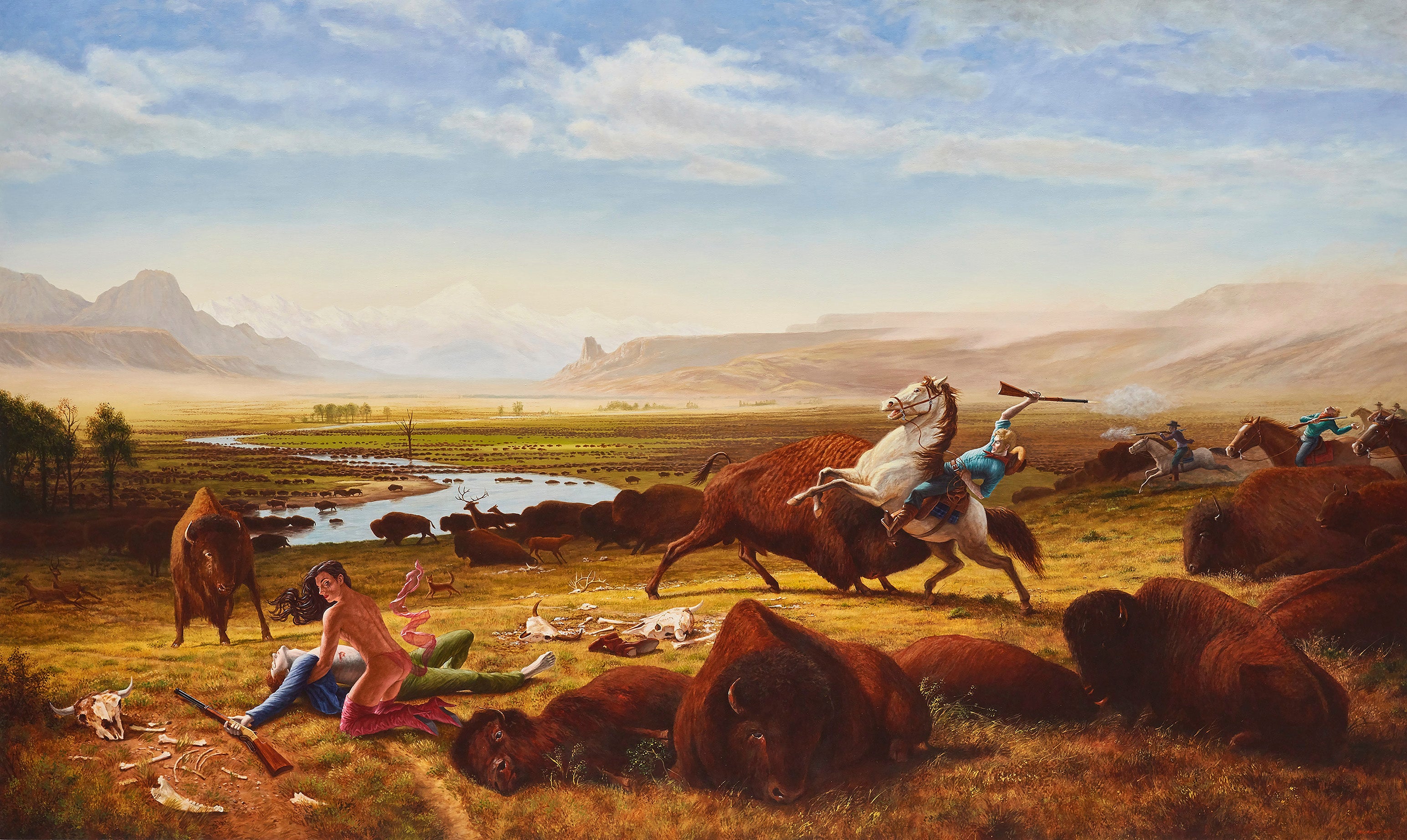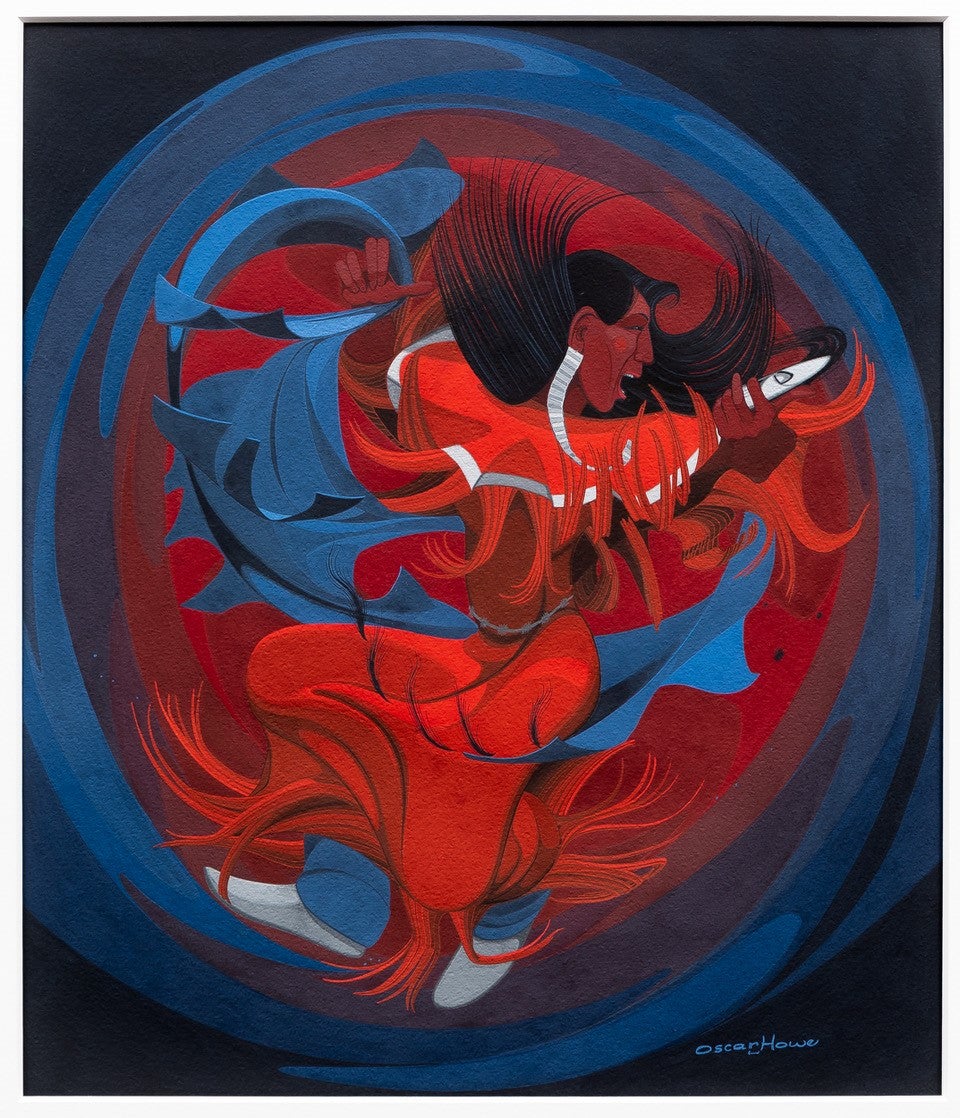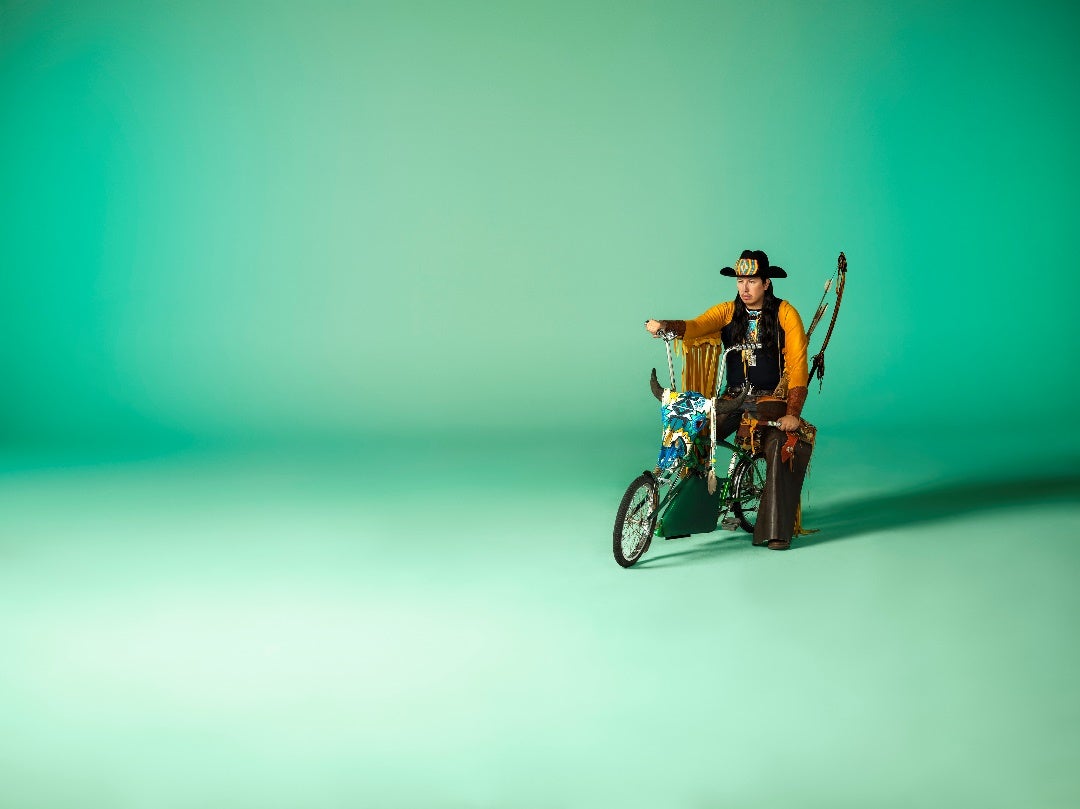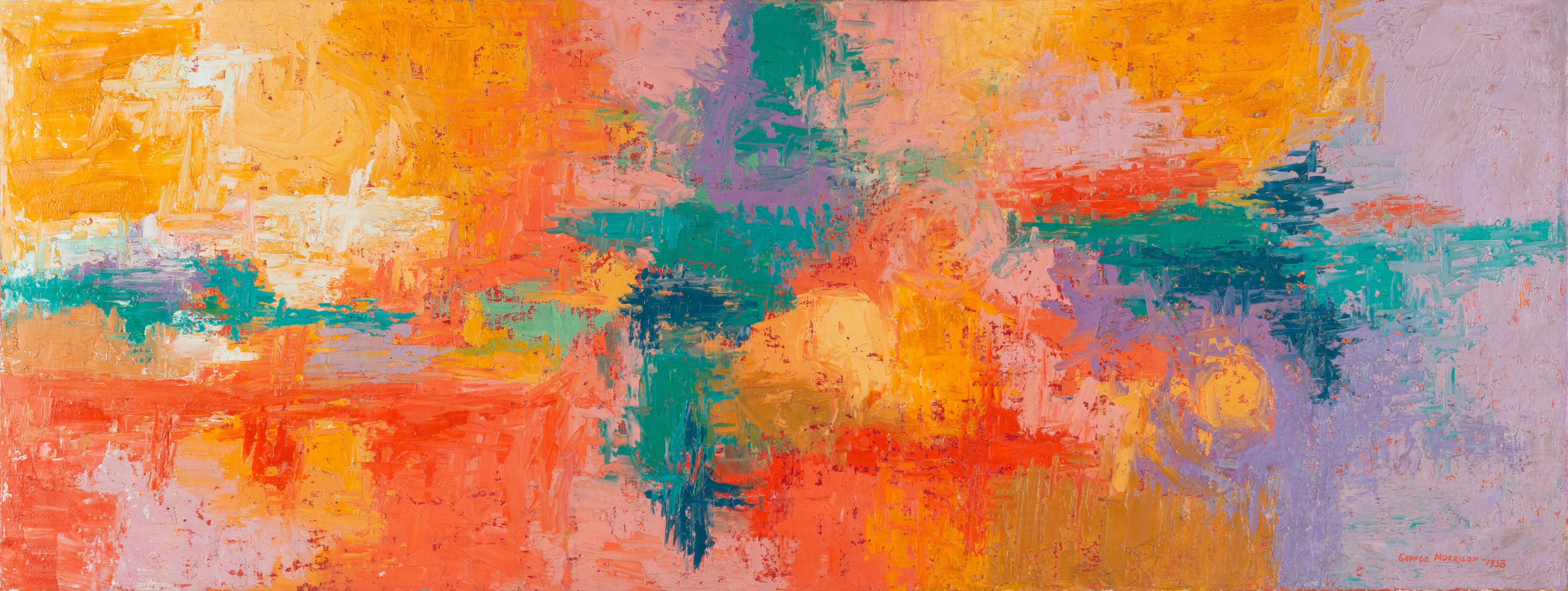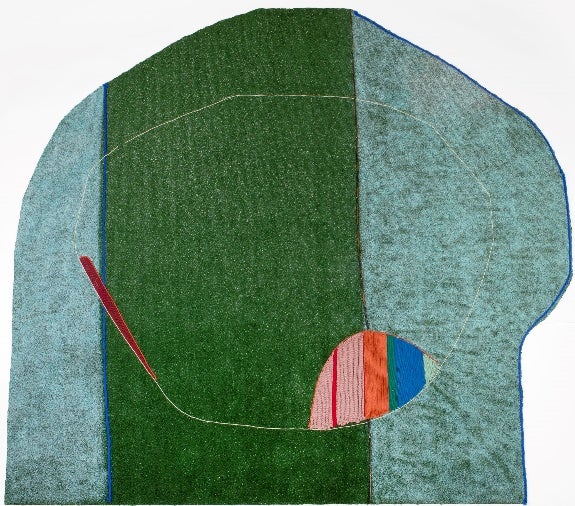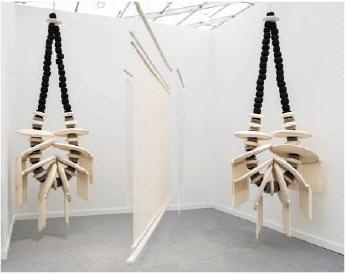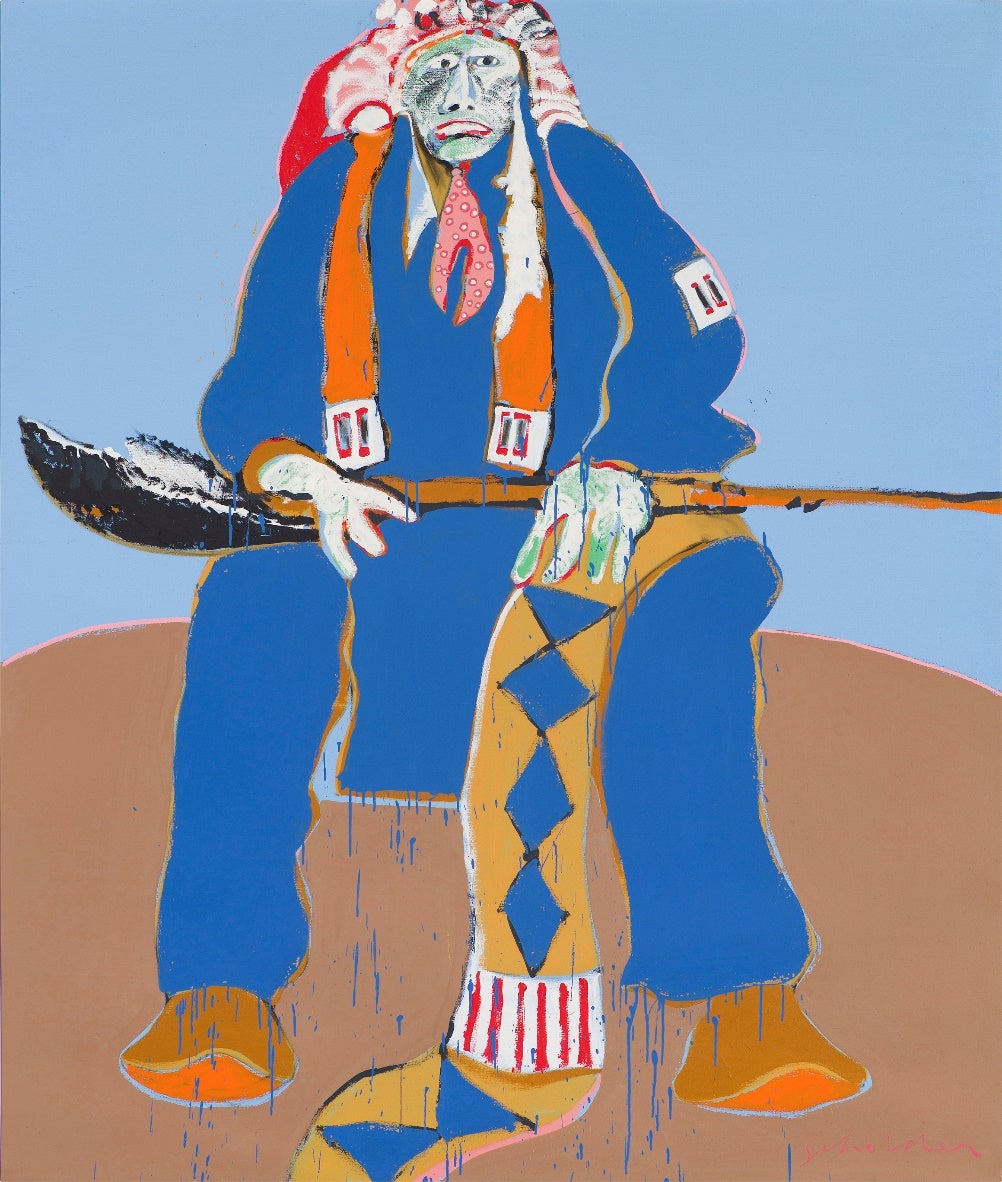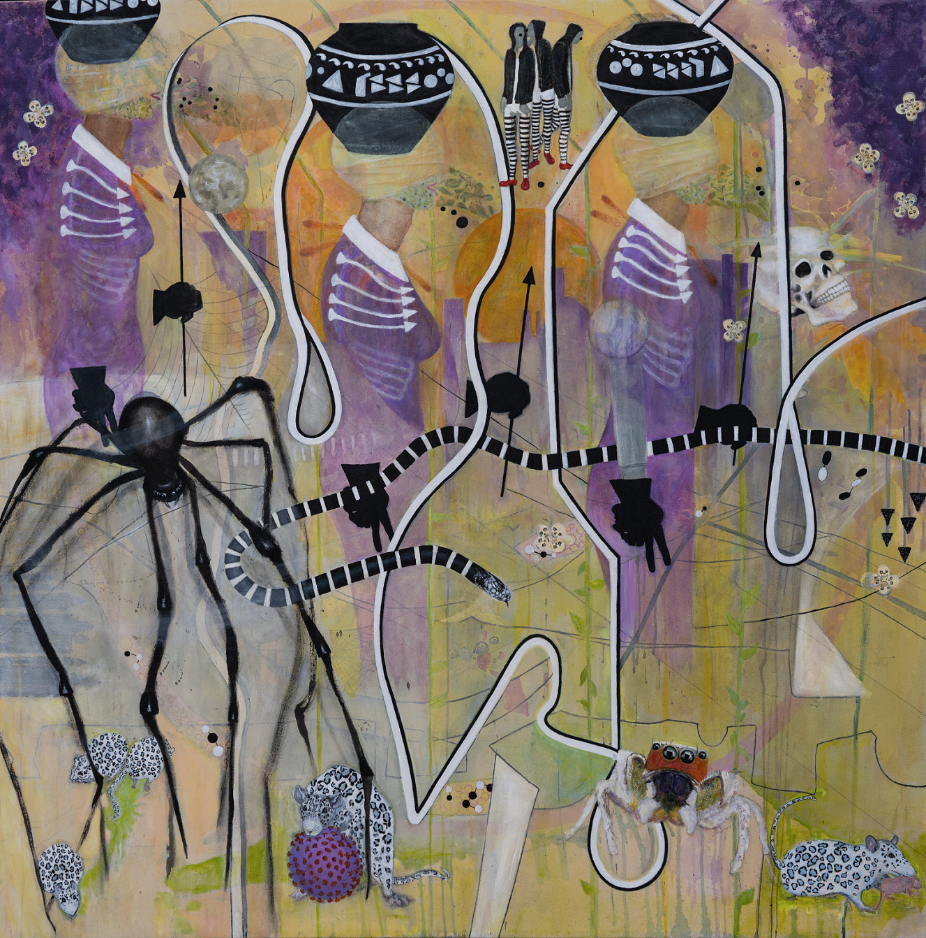|
Phillips to Present New Terrains in January 2024, the Company’s First Major Exhibition of Native American Art
Featuring A Breadth of Important Native Artists from the Past Seventy Years, Including Oscar Howe, George Morrison, Jaune Quick-To-See Smith, Kay Walkingstick, Dana Claxton, and Many Others
Kent Monkman Death of Adonis, 2010 72” x 120”
NEW YORK – 27 SEPTEMBER 2023 – Phillips is pleased to announce New Terrains, a watershed exhibition of important works of contemporary Native American art. Exploring the influences of modernism, post-war and pop influences, the exhibit provides context for the evolution of contemporary Native art in the mid-to-late 20th and early 21st centuries. These artists evoke the rich diaspora of Native American tribal representation, including Canadian first nations people. Featuring over 50 artists, spanning seven decades, the works reflect the socio-political and artistic climates in which they were conceived. Native American art is continually expanding to embrace new ideas, expressions, and artistic mediums. Established, emerging, and under-recognized artists share their unique visions and stories of what it is to be an indigenous artist.
The exhibition opens 5 January 2024 at Phillips, located at 432 Park Avenue. New Terrains is co-curated by Bruce Hartman, Tony Abeyta, and James Trotta-Bono. Each of whom have garnered considerable recognition within the museum, artist, or private arenas. They have secured numerous, iconic works by a number of the most significant and highly sought-after contemporary Native American artists to date. Dozens of these artists have recently been featured in one-person or group exhibitions at major museums, including The Metropolitan Museum of Art, NY, The Whitney Museum of American Art, NY, The National Gallery of Art, Washington DC, the Nerman Museum of Contemporary Art, Kansas City, Crystal Bridges Museum of American Art, Bentonville, and the Hammer Museum, Los Angeles. Many of these works have here-to-fore not been publicly exhibited, nor have they been made available to collectors, foundations, or museums for acquisition.
Bruce Hartman, former museum Executive Director and Curator, said, “During my 37-year career, it has been most exciting and gratifying to witness the expanding emphasis on artist diversity in museum collections and exhibitions. The canon of American art history is being rewritten to include artists of all ethnicities, genders, etc. It is a movement long over-due. For this show, we chose to look at the years 1950 to now. Established, under-recognized mid-career, and emerging artists are represented throughout the exhibit. We strove to include a range of tribal affiliations, artistic expressions, and mediums. Our hope is to further public and collector appreciation of the extraordinary achievements of contemporary Native American artists. As America's first artists, their contributions and importance cannot be overstated.”
Tony Abeyta, Dine' artist and Curator, said, “This exhibition remarks upon the journey of artists whose contributions were pivotal and helped change the idea of what Native American art is - and what it can be. Each artist - from diverse tribes throughout this country - expresses the unique aspects of their ancestral origins, myths, and traumas. Theirs is art of the first people, delayed in its ascent to the mainstream art world, now arrived. Each of the artists in this exhibition has their own interpretation of what it is to be Native - to be Choctaw, Chemehuevi, Luiseno, Mandan Hidatsa, and Navajo, among many other tribes. The stories they tell are generational testaments to survival and healing. New Terrains is an exhibition of new possibilities, reflective of the times within which these works were created. They address our Native connection to source, to our lands and songs taught by those who came before us. Our time of inclusion and our hour of personal storytelling is now.”
Scott Nussbaum, Deputy Chairman, Americas, and Senior International Specialist, said “It is a long-held priority for us at Phillips to present ground-breaking exhibitions which excite, educate and challenge the lens with which we view the art historical canon. In that spirit, we are humbled to have the opportunity to work with these extraordinary curators in shining the spotlight on such a significant group of American artists, many of whom are just starting to receive the institutional recognition they so clearly deserve. New Terrains will be one of the most important and impactful surveys of Contemporary Art from the Native American perspective in recent memory and we look forward to welcoming the public through our doors when we open in January.”
ABOUT THE WORKS Outstanding works in the exhibition include major pieces by Kent Monkman (Canadian Cree), Kay Walkingstick (Cherokee), Natalie Ball (Klamath/Modoc), Edgar Heap of Birds (Cheyenne/Arapaho), T.C. Canon (Kiowa/Caddo), George Morrison (Ojibwe), Oscar Howe (Yanktonai/Dakota), Jaune Quick-to-See Smith (Confederated Salish/Kootenai tribes), Dana Claxton (Hunkpapa Lakota), Fritz Scholder (Luiseño), Eric Paul Riege (Navajo), Teresa Baker (Mandan/Hidatsa), Michael Kabotie (Hopi), Narcisco Abeyta (Navajo), Helen Hardin (Santa Clara Pueblo), Val Jean Hessing (Choctaw), Virgil Ortiz (Cochiti Pueblo), Rabbett Before Horses Strickland (Chippewa), Geralyn Montano (Navajo/Comanche/Pueblo) McKee Platero (Navajo) and Cara Romero (Chemehuevi) - to name only a number. Painting, sculpture, photography, jewelry, clay, video, large-scale installation, and weaving are among the many artist mediums represented in the show.
Oscar Howe (1915-1983) is among the most highly regarded figures in the cannon of Native American Art. His contribution to the trajectory of stylistic approaches is unparalleled. Double Woman masterfully depicts the female figure suspended in a womb-like bundle of swirling energy. Howe’s work is the most scarce of all his contemporaries and this relatively large, published example is a genuine masterpiece from his most mature period.
George Morrison (1919-2000) a Post-War artist, quickly became a regarded figure in New York. He made friendships with and worked alongside Willem de Kooning, Franz Kline, Jackson Pollock and Louise Nevelson. Morrison showed regularly in group shows and had nine solo exhibitions between 1948 and 1960 at Grand Central Moderns Gallery. Summer Spectrum II is an early, seminal example defined by color field variations built from impasto layers of abstraction that predate later delineated horizon landscapes which emerged in his career. Examples of work from this era can be found in the collections of The Whitney, others.
Teresa Baker's (b. 1985) desire to circumvent the inherent parameters of traditional canvas led her to discover - quite by accident - bright blue AstroTurf at Home Depot. By her own admission she "was blown away." Baker relates her quirky abstract forms to the vast expanses of the Northern Plains, remembered from her youth. She now conjoins the use of synthetic materials with organic ones (buckskin, willow buffalo hide, and parfleche). Baker’s enigmatic constructions are uncannily alluring, visceral, and compelling.
Fritz Scholder (1937-2005), one of the most critical Native American artists of the 20th Century, was a breakthrough force that stood apart from all of his peers as someone who could bring the concept of “real” Indian to contemporary art dialogue. Scholder's work is frightfully compelling. Through his manipulation of the dichotomy between tradition and modernism, Scholder wrought a completely unique artistic voice and vision. To this day, it remains fresh, bold, and cutting edge. His most iconic works deal with dominant Colonial misunderstandings of cultural identity and Sitting Indian is a monumental and iconic from this highly accomplished period.
Exhibition viewing: 5 – 23 January 2024 Location: 432 Park Avenue, New York, NY, 10022 Click here for more information: https://www.phillips.com/store/new-terrains |
||||||||
